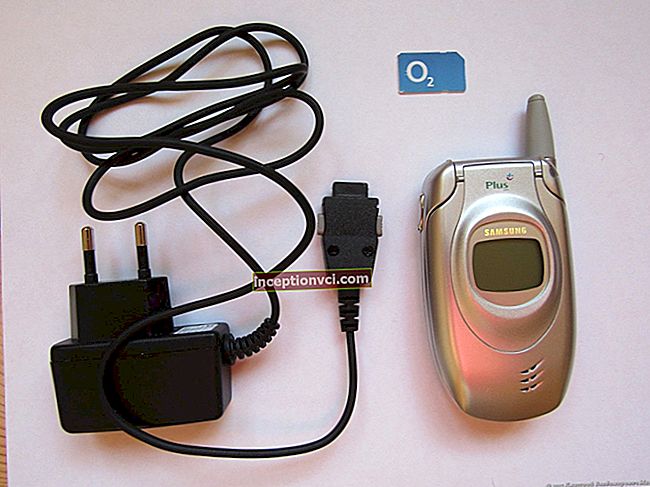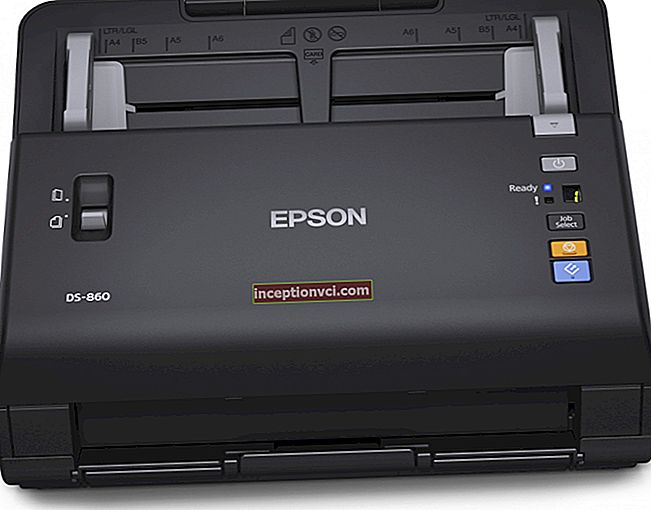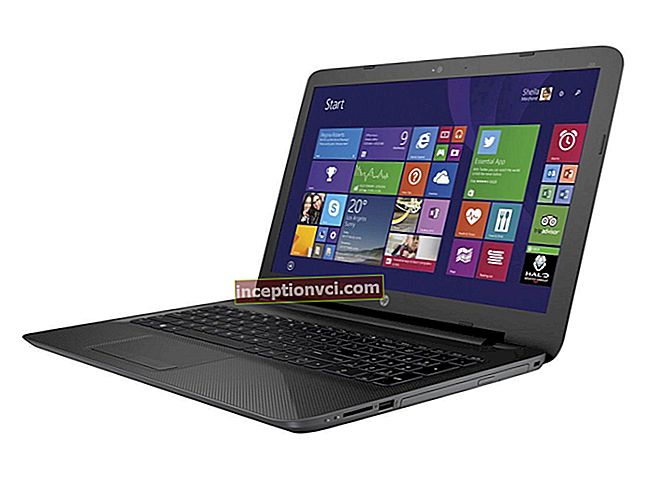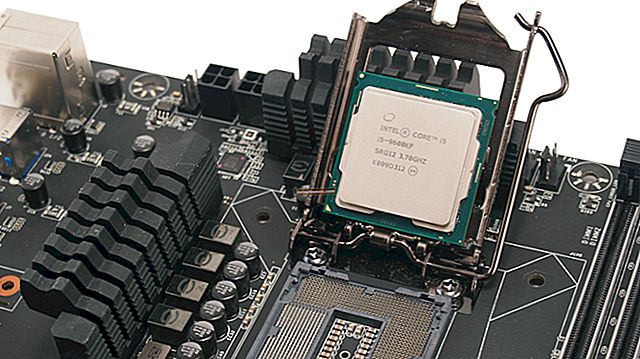The LGA775 platform, which is not so popular anymore, will be discontinued in the near future. Instead, Intel will expand its portfolio with new offerings based on a more modern platform. The long-lived LGA775 socket in recent years could not be called a very popular platform. After the appearance of the Nehalem microarchitecture, processors for the LGA775 platform are gradually fading into the background, yielding to them in performance. It should be noted that in the budget market segment Pentium and Celeron for LGA775 systems remained in demand for a very long time - this is due to the fact that neither LGA1156 nor LGA1366 have become a proper replacement for a long-lived socket.
Major changes in processor technology have taken place with the arrival of the new LGA1155 platform and the advent of the Sandy Bridge family of processors. Intel has created a new platform that will cover the entire spectrum of the market and therefore, following the 2nd generation Core processors, the Pentium and Celeron processors with the LGA1155 socket entered the market. They are a worthy continuation of their older brothers and have significantly increased the performance of inexpensive systems. Intel released new Celeron processors for the LGA1155 form factor in early September 2011.
How do budget CPU options come about? In the hierarchy of Intel processors, Celerons are at the lowest rung. Representatives of the new generation of these processors were obtained by cutting down their functionality in comparison with older brothers. We are talking about disabling cores and some proprietary technologies, Celerons do not have support for Hyper-Threading and Turbo Boost technologies. The L3 cache has been reduced to 2MB. For example, Pentium and Core i3 each have 3 MB on board. Another significant limitation of budget Sandy Bridge processors is low operating frequencies, they range from 2000 to 2500 Mhz (buy Celeron G440 1600Mhz from F.ua). It should be noted that the frequency of the graphics core in the new line is limited to 1000 Mhz. With the introduction of the 32nm process technology and the emergence of the Sandy Bridge family, Intel was able to produce processors that could be compared at cost to a 45nm CPU.
Fans of budget Celeron models will be able to get a dual-core or single-core processor with the most advanced processor microarchitecture, and in addition to all this - migrated to the chip, an integrated graphics system that supports DirectX 10 and the ability to hardware HD video decoding. And this is at a minimal price.
The table below shows the current Celeron models.
Celeron processor model | Kernels / Threads | Clock frequency, GHz | L3 cache, MB | Graphics core frequency (GPU) / Turbo, MHz | TDP, W |
G540 | 2/2 | 2,5 | 2 | 850/1000 | 65 |
G530 | 2/2 | 2,4 | 2 | 850/1000 | 65 |
G530T | 2/2 | 2,0 | 2 | 650/1000 | 35 |
G440 | 1/1 | 1,6 | 1 | 650/1000 | 35 |
As you can see, there are two models with the same number in the table, the difference is only in the T index. Intel Celeron G530T models are used in energy-efficient systems and have a lower TDP coefficient due to the processor operating at a lower frequency and bundled with a compact low-profile cooling fan. We will review and test the Celeron G540.
The processor is packaged in a standard color scheme for these models - a blue box with a window through which you can see the processor. The processor itself contains information about the main technical specifications of the novelty: processor model, clock frequency, country of origin and marking. On the front side of the package there is an indication of the presence of an integrated graphics core on board the processor, which is called Intel HD Graphics. In the Pentium and Celeron series, only the Intel HD Graphics 2000 core is used, the frequency of which is 850/1000 Mhz.
List of supported CPU technologies:
Proprietary Intel® Wide Dynamic Execution Technology - this technology is designed to execute a larger number of instructions in one clock cycle, thereby increasing the speed of instruction execution and providing energy savings;
Intel® Smart Memory Access Technology - serves to improve system performance by optimizing the use of available bandwidth;
Intel® 64 architecture - expansion of 32-bit Intel architecture, this technology allows processors to use more RAM for their work;
Intel® Advanced Digital Media Boost Technology - Significantly improves the performance of a variety of encryption, multimedia, financial and scientific applications, while improving system performance when executing Intel® Streaming SIMD Extension (SSE / SSE2 / SSE3) commands. This is achieved by processing all 128-bit SSE, SSE2 and SSE3 commands, which are widely used in various multimedia and graphics applications, in one clock cycle, which leads to an increase in their execution speed.
Execute Disable Bit function - this function is designed to provide extended protection, and allows you to minimize the risks from malicious actions of viruses and programs.
Intel® Advanced Smart Cache Technology - depending on the load of the processor cores, the L2 cache is dynamically allocated between them. This technology allows each core to increase access to data in the L2 cache, which significantly reduces the latency when accessing the most frequently used data, increasing performance (only in dual-core models).

The Celeron G540 is equipped with a sufficiently quiet cooler with diverging petals, the performance of such a cooling system will be sufficient to ensure normal temperature conditions. The processor has factory thermal paste, it is applied in the form of three stripes.

We look at the detailed characteristics of the chip using the CPU-Z program.

The processor operates at a frequency of 2500 Mhz, which is achieved by using a multiplier of x25 with a clock generator frequency of 100 MHz. By the way, the utility confirmed the closeness of the new Celerons and the Pentiums released a little earlier - it did not even distinguish them. And this is not surprising, since the line is very similar in its characteristics and the difference between them consists in different L3 cache sizes and clock frequencies. The DDR3 memory controller supports dual channel operation. However, there is one significant limitation, the supported memory is no higher than DDR3-1066, this is a deliberate limitation of the manufacturer, which, along with the lowered clock frequency of processors, allows this series to be allocated to the budget segment. This limitation will affect the performance of the graphics core integrated into this processor. For example, the price / performance ratio between the representative of the older series - Intel Pentium G620 and Intel Celeron G540 - is as follows: the average performance difference is 4-5%, which is not quite comparable with the 10-15% price difference. But, of course, the choice is up to the buyer. Would you rather save 10-15%, or a small increase in performance and support for more modern memory modules?
So let's get down to testing. The main task of testing is to see the efficiency of the new processors in comparison with the processors released under this brand previously working in LGA775 sockets. Also, we will test Pentium processors for LGA1155 and LGA775 systems, and one of the Core i3 processors. AMD, in the tests, will be presented with an Athlon II X2 processor with approximately the same price as the Celeron G540.
As a result, we have three different test platforms in use.
The first platform is based on the LGA1155 socket: it is represented by two Pentium processors - G850 and G620, the new Core i3-2100, and our test participant Celeron G540; the motherboard is a product from ASUS, model P8P67 Deluxe (buy in F.ua); 4 GB DDR3-1600 memory with 9-9-9-27 timings.
The second platform is the LGA775 socket: three Celeron E3500 processors and two older brothers Pentium E6800 and Pentium E5700 are taking part in the tests; the test platform is based on the ASUS P5Q3 Deluxe motherboard; Memory 4 GB DDR3-1067 with timings 7-7-7-21.
And finally, the third platform is represented by processors from AMD and socket AM3: we tested Athlon II X2 255 (buy from F.ua); Memory 4 GB DDR3-1600 timings 9-9-9-27.
Our platforms included an NVIDIA GeForce GTX 560 Ti graphics card and a Western Digital VelociRaptor WD3000HLFS HDD. The operating system we tested under was Microsoft Windows 7 SP1 Ultimate x64.
In games, testing was carried out at a resolution of 1280x1024 with the High quality settings enabled and full-screen anti-aliasing disabled. The test results are presented to your attention:






According to the results of measurements, we see that the performance of the junior Pentium processor LGA1155 and Celeron G540 is only 4.3%. This is - frankly, very little, because these processors have the same 4% difference in clock frequencies. It turns out that reducing the L3 cache in Celeron from 3 to 2 MB cannot significantly affect the performance.
This difference in the speed of Pentium and Celeron makes the novelty under review an attractive choice among processors of the same price category. In comparison with the Celeron E3500, the Celeron G540 shows a 30% superiority. Comparing the test results with Athlon II X2, Celeron G540 looks more than worthy. Conclusion, budget models of Sandy Bridge will significantly improve the performance of cheap computers.
Tests in 3D games:





Futuremark benchmarks show the same picture with the Celeron G540 as in the computational tests. The tested processor closely follows the Pentium G620 and outperforms solutions based on LGA775 and Socket AM3.
The conclusions can be made as follows: over the entire existence of Celeron processors, they have successfully proven themselves as solutions for office computers, in schools and homes where high performance is not required. What are the benefits of the new Celerons based on the Sandy Bridge microarchitecture and slot 1155?
It is clear that the novelty will be able to cope with office tasks quite adequately. The performance is sufficient for solving simple office tasks. We should not forget about the innovation - the presence of an integrated graphics core, designed, on the one hand, to increase the performance of the graphics system due to faster access to data, and on the other hand, there is no need to equip the system with an additional graphics card, which makes the system as a whole cheaper. In the role of an economy option, we get an excellent product, the price of which is low enough so that the purchase of such a processor does not undermine the family budget, and the result, as shown by testing, is more productive than many solutions of the previous, earlier generations.
In the role of a middling home PC, and even more so a modern gaming station, this solution is difficult to consider. In addition, these products based on Sandy Bridge do not run at all, and therefore overclockers will have to bypass them.
However, progress does not wait, and already in mid-2012, Intel plans to release new processors codenamed Ivy Bridge, which will be manufactured using 22nm technology and using more advanced transistors with a three-dimensional design (Tri-Gate). What does this promise us buyers? Reducing the price of earlier CPU versions, of course!









